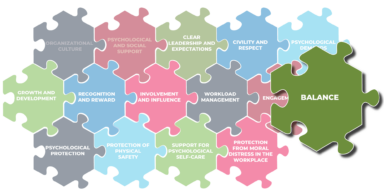Trauma in the workplace: Creating a psychologically safe environment
Why psychological safety matters in care work Being a care worker means your work is more than a job. It is personal and meaningful. You build trust with the people you care for. You support...










